
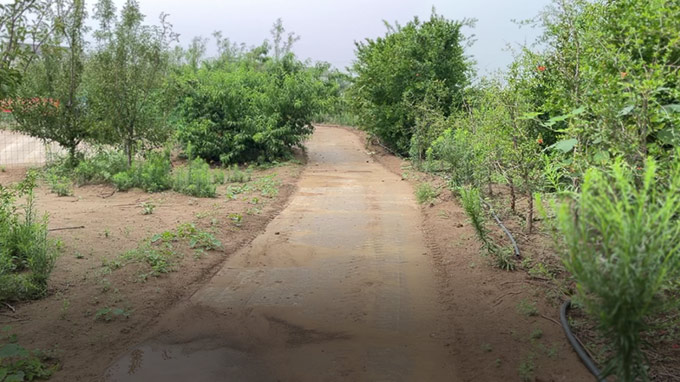
For first- or second-class roads, soil rock-forming technology can be used to construct the roadbed or water-stable layer, which is environmentally friendly. For roads below the third class, soil rock-forming technology can be employed for both the roadbed and surface layer.
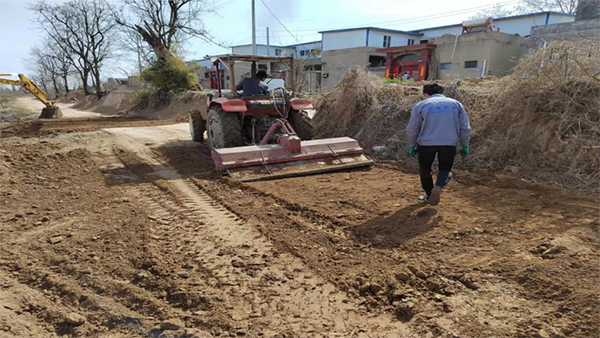
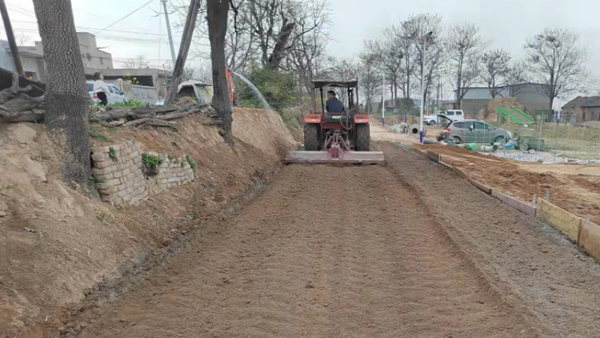
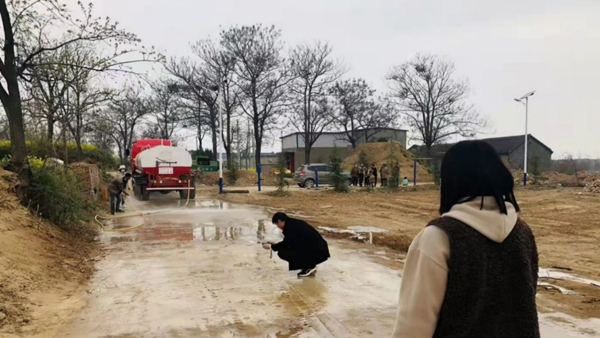
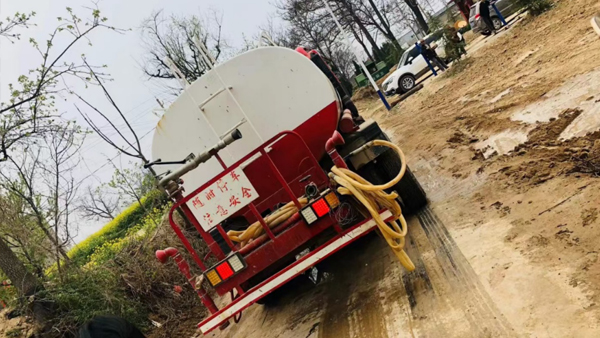
The road has a thickness of 20 centimeters. A 30-ton water tanker accelerated through and then applied sudden braking, leaving tire friction marks on the pavement, but without causing damage to it.
The soil-rock formed road in the mountainous area has withstood the changing seasons for seven years, including the extremely heavy rainfall in Henan from July 20th to 21st, 2021, without sustaining any damage. It functions as a regular mountain road during normal times and as a drainage ditch during rainfall. As of January 2025, it has maintained its basic functions as both a road and a drainage system.
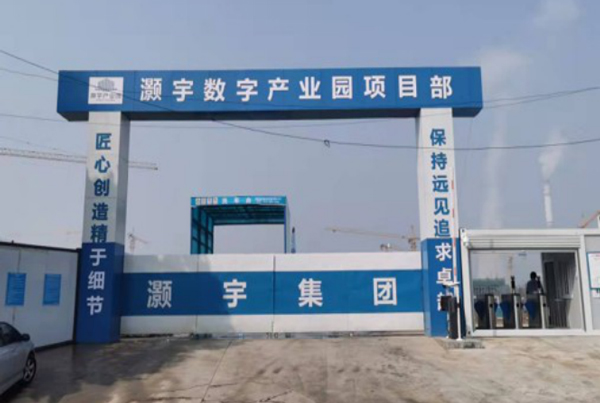
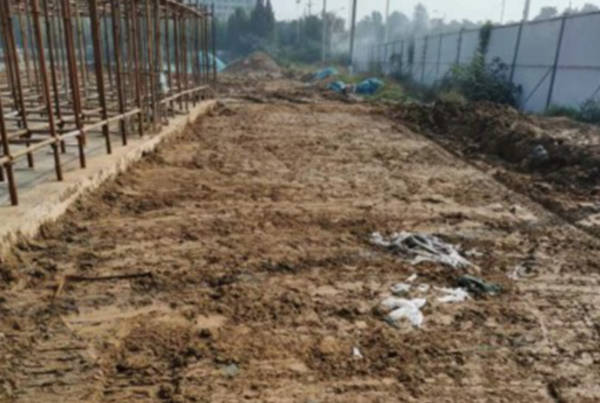
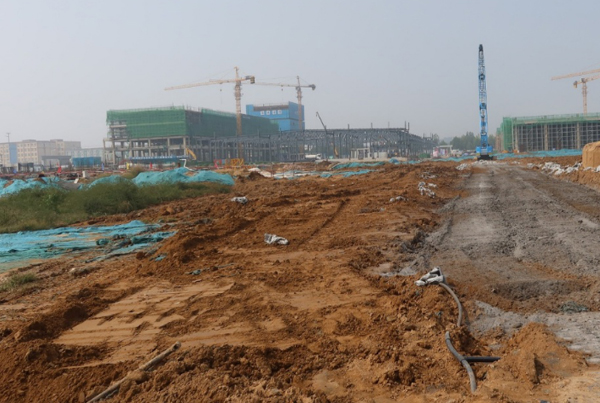
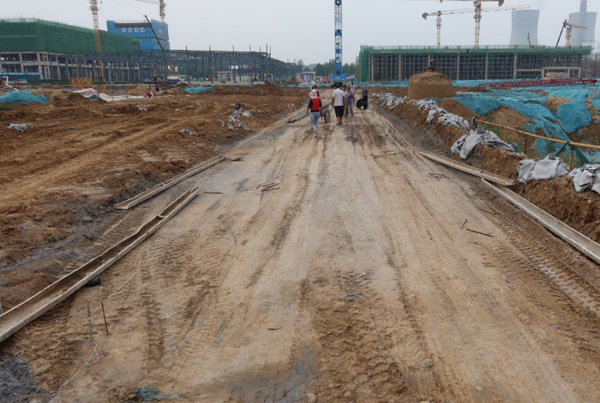
The construction site within the factory area experienced the extremely heavy rainfall in Henan from July 20th to 21st, 2021, resulting in the ground turning into a swampy mud (also known as quicksand or plastic soil), making it impossible for vehicles to pass and causing delays in the project schedule. By using soil rock-forming agents to mix and compact with the mud on site, concrete tank trucks were able to pass through the area after 10 hours.
Subgrade Construction for Highways in Alpine Ecological Reserve Areas: Requirements include environmental protection, ecology, resilience, sustainability, and no frost boiling in summer.
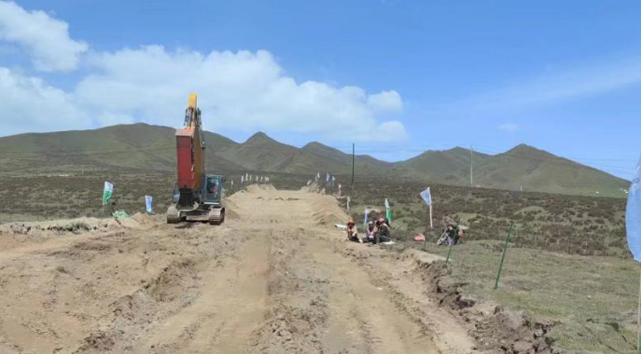
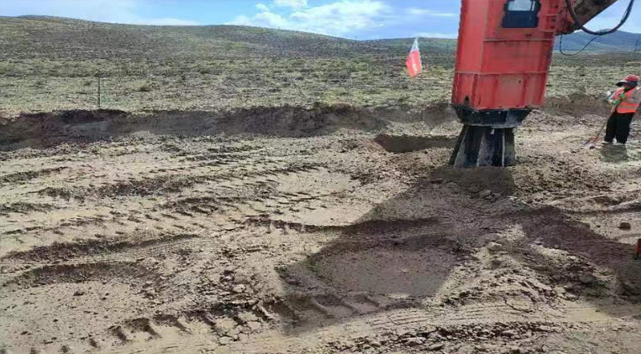
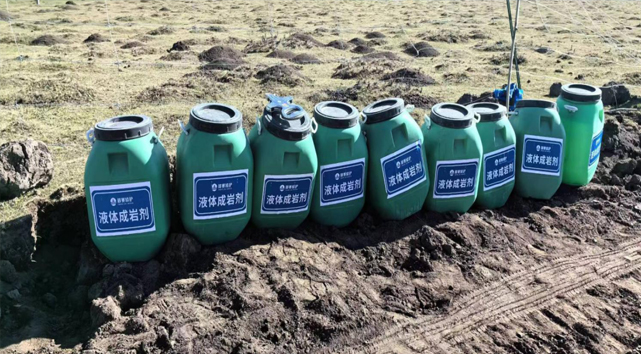
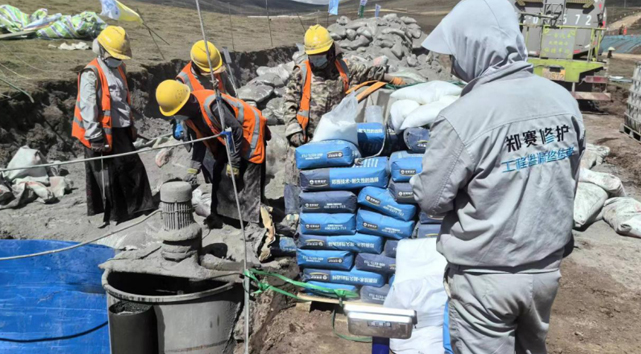
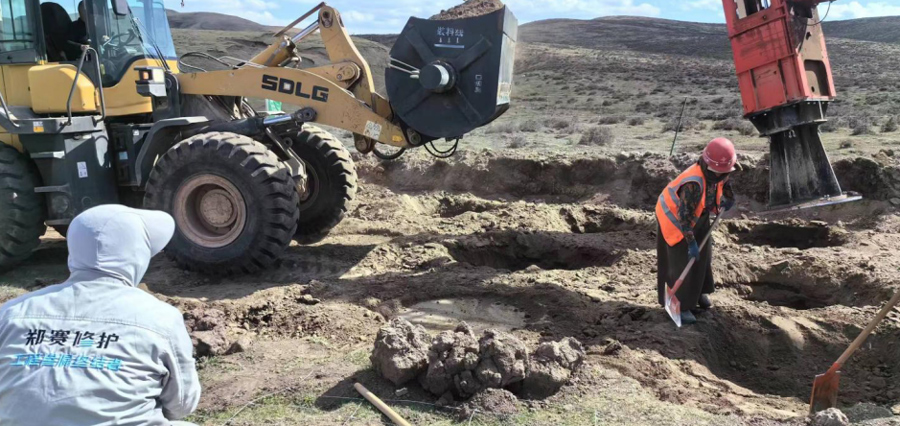
+86 15137139713
Building 12, Shangjin Street, Zhengzhou City, Henan Province, China
FrankWangRD@gmail.com
Fuzhou.Wang@zhengsai-international.com